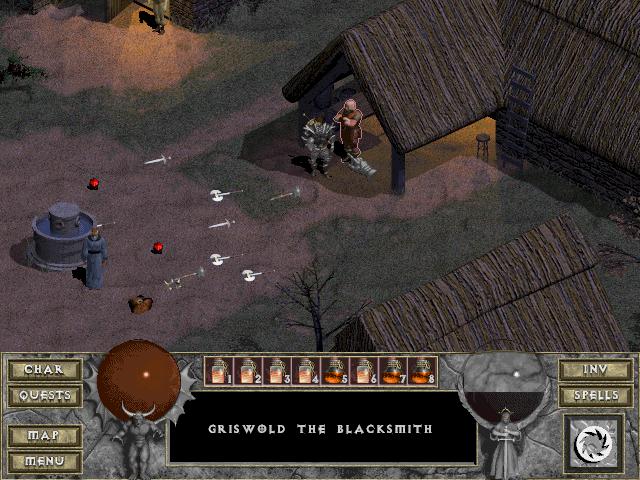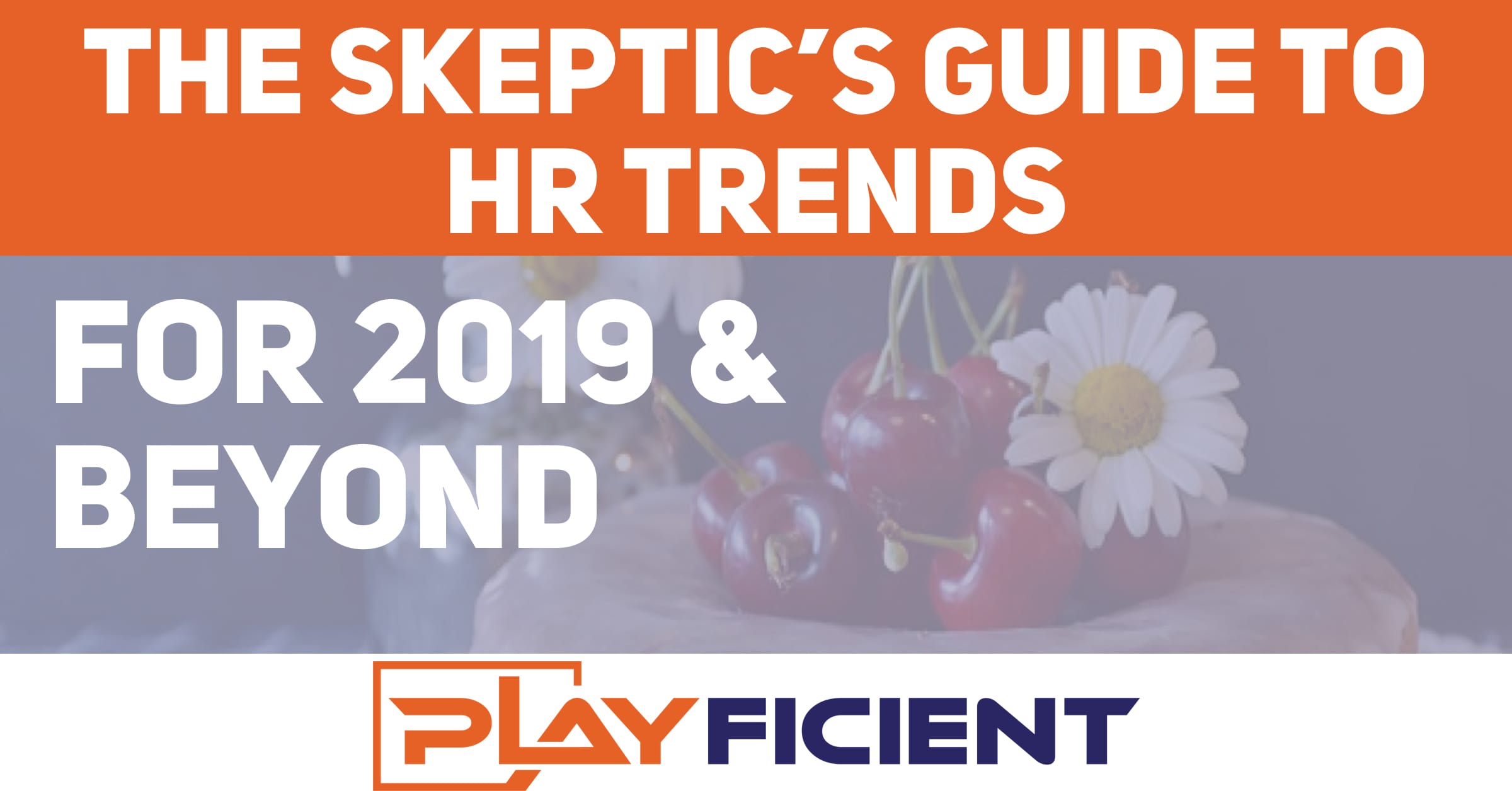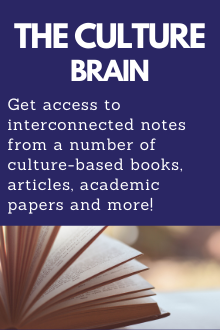A Guide To HR Trends To Be Skeptical Of In 2019 & Beyond
I want you to be skeptical when it comes to HR trends that you’re constantly reading about and seeing.
Let me paint you a picture on being a skeptic of HR trends in tech. Let’s say your organization is having an all hands on deck meeting. You work in the tech space, you’re sitting around 150 employees, and looking to grow quickly, and you are working in HR.

This comes up when searching all hands meeting. Kind of unsettling. Source: Pixabay
Your organization is doing pretty good, but can always be doing better
You struggle with retaining employees. You know your onboarding process is not the greatest, but there’s just too much work to be done. You’ve read this blog (including the article on improving your onboarding process), but again, you’ve struggled to get the buy-in or the time to work on it.
There are various opinions that people have on turnover.
Some blame the marketplace, some blame those damn millennials and their lack of loyalty. Some are leaving for more money. Your CEO walks to the front and after some tech issues (as nearly all presentations have), he starts his presentation. He starts throwing around buzzwords and going on about HR trends. Oh dear, you start thinking to yourself.
Automation. AI. Deep learning. Machine learning. The blockchain. Big Data.
He’s stringing sentences together like mad-libs with with these buzzwords thrown in between. You’re feel that his presentation could’ve just come out of the show Silicon Valley.
Some of these you understand. In preparation for this meeting, your boss sent you a bunch of articles on HR trends in tech, and emerging tech trends. You Google “HR Trends” to keep in the loop.
Your boss is one of those individuals who loves to read all the hippest books in the world of corporate culture, their relevance be damned. They try to push some of them on you, but luckily for you, as a reader of this blog, you learn to look beyond these surface level books your boss loves to push, and have even checked out some of Playficient’s recommended reads on corporate culture. You don’t just jump on the latest HR trends just because.
Your boss is starting to talk about how your organization is going to implement them. It’s going to disrupt how things are done here. There’s that word again. Disrupt.
Alarm bells are going off in your head. You have a hunch that your organization is going to expect long hours from staff, which you realize can cause issues (as you’ve read about our thoughts on overwork culture).
People are getting excited, while you long for the days when people used buzzwords like synergy (a word that made you leave meetings, go to the washroom, sit in a stall, facepalm for several minutes, considering updating your resume and look elsewhere).
You’re not against these upcoming HR trends.
They offer some very interesting possibilities. However, you have no doubt in your mind that your boss wants to implement these because other organizations are doing so. Again, being the good skeptic, you’ve read another article from Playficient on the FAANG Effect, and wonder if your boss really understands why others are implementing these emerging technologies. You’re also familiar with the Playficient Workplace Culture Manifesto and how detrimental this can be.
You know your foundations are lacking at your organization, inside and out, and you’re not sure that throwing new HR trends at it is the answer.
If you had a more solid foundation, then you can go ahead with it. Instead, management decides to go ahead with these changes. Because your organization doesn’t know how to deal with conflict at work (something that I’ve written about and how it’s important to have for growth in the workplace), the change isn’t effectively implemented. Employees are upset. Upper management is puzzled. Some people leave for greener pastures. They just couldn’t figure it out.
After awhile, they realize they didn’t have a clue on how to implement these shiny HR trends into the organization.
They were mainly doing so because they kept reading about it on other blogs or saw what other organizations were doing. Yet, you could’ve been doing other things that would have been better for your organization, like looking into trying new things in your employee onboarding process.
While exaggerated, the scenario above is happening to many organizations who get caught up in HR trends
For good reason, of course. These tools and technology offer very interesting possibilities moving forward. That said, you can’t big data, machine learn, or blockchain your way to a better organization and employee experience.
Can they help? Yes, absolutely. However, remember that HR trends are the cherry on top of the cake.
You need that cake first, else all you have is cherries. The cake being a solid foundation where your organization creates solutions that are solving customer pain points, and you are taking as much focus and investment in your employees as your users (I wrote about this, check it out here).

Hungry now? Source: Pixabay
Continuing with looking into HR trends, let’s use a blacksmith analogy.
We have two blacksmiths. One is a veteran who has spent their life honing their craft at being a blacksmith. Let’s call him Griswold.

I need to point here how great of a game Diablo was. Source: Fandom
Then we have the rookie blacksmith. Let’s call him Wayland.
Wayland is pretty new to blacksmithing, and doesn’t have the years to hone his crafts like Griswold has. Wayland has just bought a bunch of new fancy tools. Griswold is still using tools that he has been using for years. One day, a wealthy warrior approaches both of them and asks them both to make leather armor. They get to work.
At the end of the day, Griswold has created the better armor, even with the inferior tools.
He has spent years of working on his craft. Wayland is more focused on the newest tools to try to get things up to speed. Wayland simply can’t compete. One day, Griswold comes over and tries out the new tools that Wayland uses. Griswold produces a set of leather armor that is even better than what he produced before.
Wayland is frustrated, and tries out Griswold’s older tools to produce a set of leather armor. There is very little difference between what he produced with his cutting edge tools, and Griswold’s old tools.
It should be pretty clear what the tools and each blacksmith represents.
Griswold is the organization that has spent years on its craft and has built a solid foundation.
Wayland, the new kid on the block, is trying to make use of all the fanciest tools and HR trends instead of focusing on their fundamentals and foundation. As a result, when Wayland the organization tries to make use of all the newest HR trends, he doesn’t get much out of them. Griswold, on the other hand, with a solid foundation, can build atop of these with newer tools.
The more solid your organization’s foundation is, the more difference implementing new HR trends and tools will have.
To disrupt the future, look to the past.

For further reading, look up Nassim Taleb and The Lindy Effect. Source: Flickr
I think we can all agree that the fundamentals of the employee experience won’t change.
The why won’t change, but the how will. Solutions or tools will continue to change and evolve. At the end of the day, having those solid fundamentals won’t go out of style. Don’t jump ahead first.
Again, it’s the cherry and the cake.
Big data, machine learning, AI, whatever buzzword (go ahead, you can throw design thinking in there as well, and yes, I’m a big fan of that one, as I’ve written about it), are all the cherries. If your cake sucks, the cherries are not going to make it magically better. But if your cake, your foundation is great, than the cherries on top will enhance it.
Look at an organization, while cliche, like Amazon.
I have written about their lack of employee focus, but their customer focus is world class. That’s a solid foundation to build off of. All the other interesting tech they’re trying to implement it on top (drone delivery, machine learning for whatever they’re using it for, grocery stores where you just have to walk out), they had that solid foundation first.
It’s when organizations feel that they need to jump on top of these trends just because can lead them astray.
Why worry about missing these trends when you have high turnover with your employees, of if your employee onboarding process sucks? Will big data make it magically better? Will machine learning solve all your employee experience woes? Will AI be your savior in identifying these things? No, they won’t.
They’re not going to help with the rising rates of workplace loneliness which we’ve written about.
I’m not saying to ignore these HR trends.

No need to do the following. Source: Know your meme.
Keep them in mind. You may even implement them.
Just don’t throw all your resources into the almighty machine (learning) or AI to solve your employee experience woes.
Before you even get there, you need a room full of people, you need to listen, you need your stickies, you need your caffeine, and you need to hammer out and lay that solid foundation. Identify those problems with your users, or your employee experience. Find ways to address them. Hey, this sounds like using the design thinking process! Which it is, and something I’ve written about. You can try to incorporate more play in the workplace. By play in the workplace, I mean of a mentality and a framework that goes beyond just having a ping pong table in the office.
Read our guide on play at work here: How To Transform YOUR Organization Through Play At Work
Do note, that you don’t want to create an office full of forced fun. What is forced fun? We’ve written about the subject here:
We at Playficient can help you by working on your foundations. Our three core offerings for organizations are as follows:
Once you have everything in its right place, THEN you can look more into HR trends that can make improvements.
Please contact us for any inquiries or questions that you may have.


